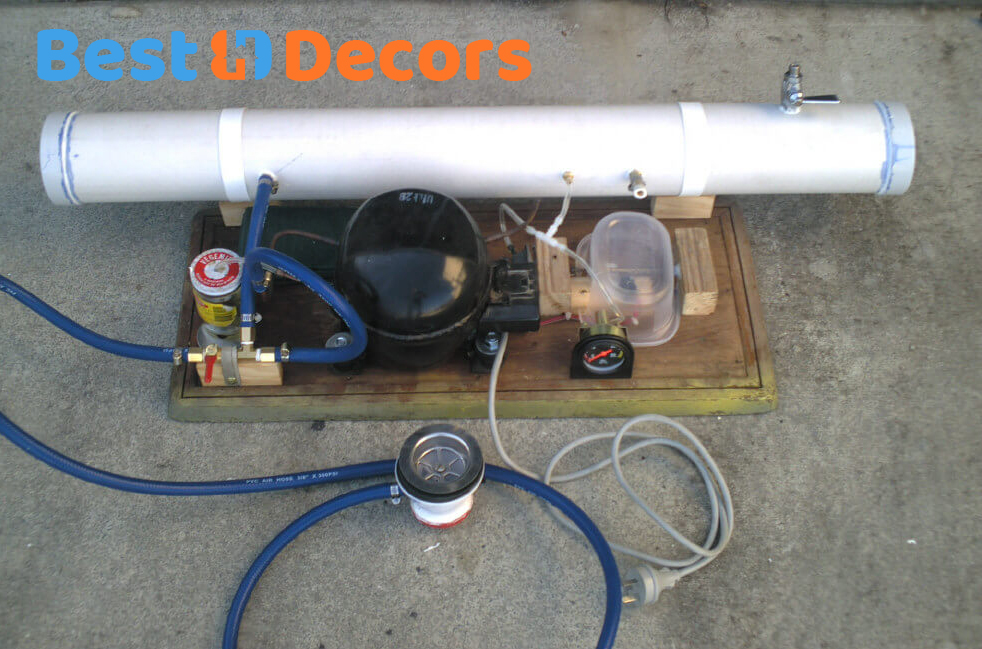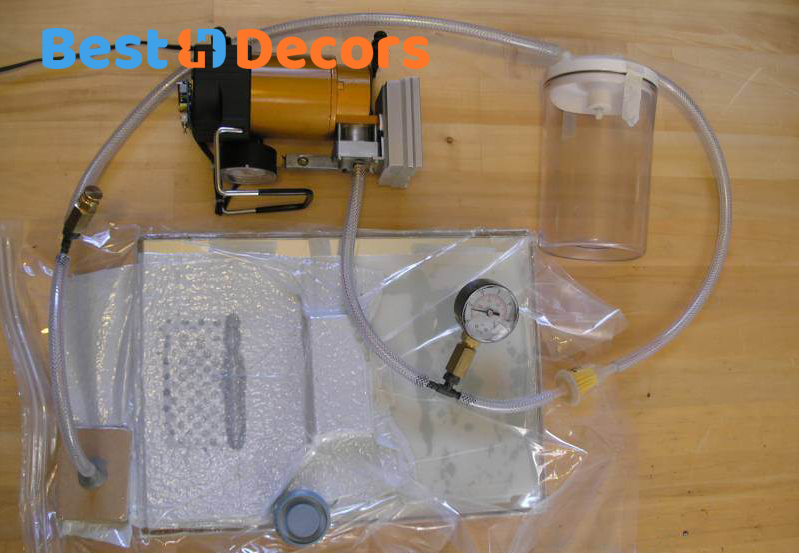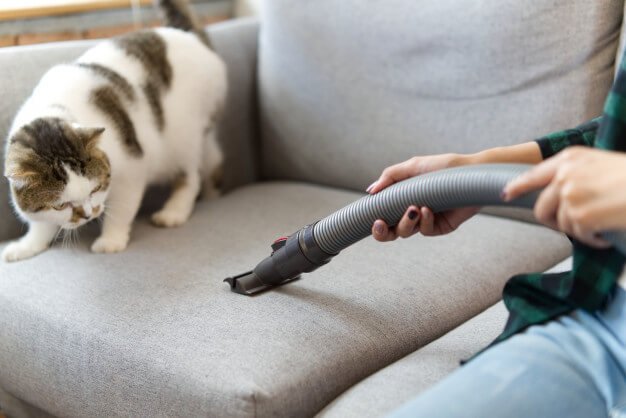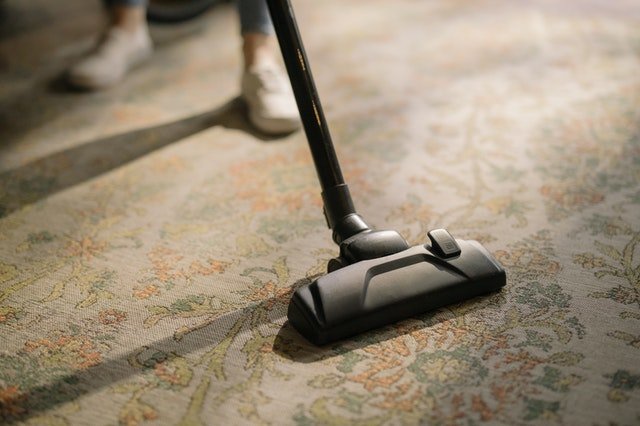Vacuum pumps are essential tools in various applications, from car maintenance to scientific experiments. But did you know that you can make a vacuum pump at home? This guide will walk you through the steps on how to make a homemade vacuum pump using simple materials you may already have on hand. Whether you’re working on a DIY project or need a quick solution, this article will help you understand the process and get your homemade vacuum pump up and running.
What Is a Vacuum Pump?
A vacuum pump is a device that removes air and gas molecules from a sealed environment, creating a vacuum. This vacuum can be used for several purposes, such as maintaining refrigeration systems, assisting in scientific experiments, or even improving the efficiency of certain car repairs. By reducing the pressure inside a sealed space, a vacuum pump helps to eliminate unwanted air and moisture, which can interfere with the performance of various systems.
For a deeper understanding of how vacuum pumps work and their different types, you can check out Wikipedia’s article on vacuum pumps.
How to Make a Homemade Vacuum Pump: Step-by-Step Instructions
1. Gather Your Materials
To make a simple vacuum pump at home, you will need the following materials:
- A syringe (preferably a large one, like a 60 ml syringe)
- Three 1-way valves (commonly used for bicycle tires)
- A hot blade or soldering iron
- Plastic tubing (around 12 inches or 30 cm in length)
- Super glue (optional)
You can find syringes at a pharmacy, while the valves and tubing are typically available at hardware stores.
2. Prepare the Syringe
- Step 1: Heat the blade or soldering iron until it is hot enough to melt plastic.
- Step 2: Carefully use the hot blade to create a small hole on the side of the syringe barrel, about 1 inch (2.5 cm) from the end where the plunger moves.
- Step 3: Ensure the hole is large enough to fit one of the valves snugly but not too large to prevent an airtight seal.
3. Insert the Valve
- Step 1: Take one of the 1-way valves and remove any caps or protective covers.
- Step 2: Screw the valve into the hole you just made in the syringe, turning it until it is securely in place. The valve should fit tightly and not allow any air to escape.
This valve will control the airflow, ensuring that air can only exit the syringe and not re-enter.
4. Attach the Tubing
- Step 1: Cut a 1-inch (2.5 cm) piece of plastic tubing and slide it onto the nozzle of the syringe. Make sure the fit is tight to prevent air leakage.
- Step 2: Attach the second valve to the free end of the tubing. This valve will be used to connect your vacuum pump to the object or system you’re trying to vacuum.
If the tubing does not fit snugly, you can use a small amount of super glue to secure it in place.
For more DIY projects involving vacuum systems, you might find our guide on how to create a vacuum with an air compressor helpful.
5. Using the Homemade Vacuum Pump
- Step 1: Connect the free end of the tubing to the object or system you wish to vacuum.
- Step 2: Pull the syringe plunger back slowly to create a vacuum. The 1-way valves will ensure that air is removed from the system and cannot flow back in.
- Step 3: Once the desired vacuum level is achieved, carefully remove the syringe while keeping the valves closed to maintain the vacuum.
This simple homemade vacuum pump can be used for various small-scale applications, such as bleeding brakes or removing air from sealed containers.

FAQ Section
1. Can I use other materials to make a homemade vacuum pump?
Yes, you can use different materials like a small plastic bottle instead of a syringe, or alternative valves if you don’t have access to bicycle tire valves. The key is ensuring an airtight seal and proper airflow direction.
2. What are the limitations of a homemade vacuum pump?
A homemade vacuum pump may not be as powerful or efficient as a commercial-grade pump. It’s best suited for small tasks and experiments rather than heavy-duty applications.
3. How often should I maintain a homemade vacuum pump?
Since homemade vacuum pumps are made from basic materials, they may require more frequent maintenance. Check for leaks, wear on the valves, and ensure all connections remain tight before each use.
4. Can I create a vacuum pump for industrial use at home?
Homemade vacuum pumps are generally not suitable for industrial purposes due to their limited power and durability. For industrial applications, it’s recommended to use a professionally manufactured vacuum pump.
5. What safety precautions should I take?
Always work in a well-ventilated area when making and using a homemade vacuum pump. Be cautious when using hot tools like soldering irons, and ensure that all connections are secure to avoid accidents.
Conclusion
Creating a homemade vacuum pump is an achievable DIY project that can be useful for various small-scale tasks. By following the steps outlined in this guide, you can build a functional vacuum pump using simple materials like a syringe and plastic tubing. While it may not replace a commercial-grade pump, it offers a practical solution for specific needs, such as small repairs or scientific experiments.
Remember to follow safety guidelines and maintain your homemade pump regularly to ensure it continues to work effectively. With a bit of creativity and careful construction, you can save time and money by making your own vacuum pump at home.
For more cleaning and vacuum-related tips, you can explore our article on the best hardwood floor vacuum and mop, which might be useful for maintaining your home.





